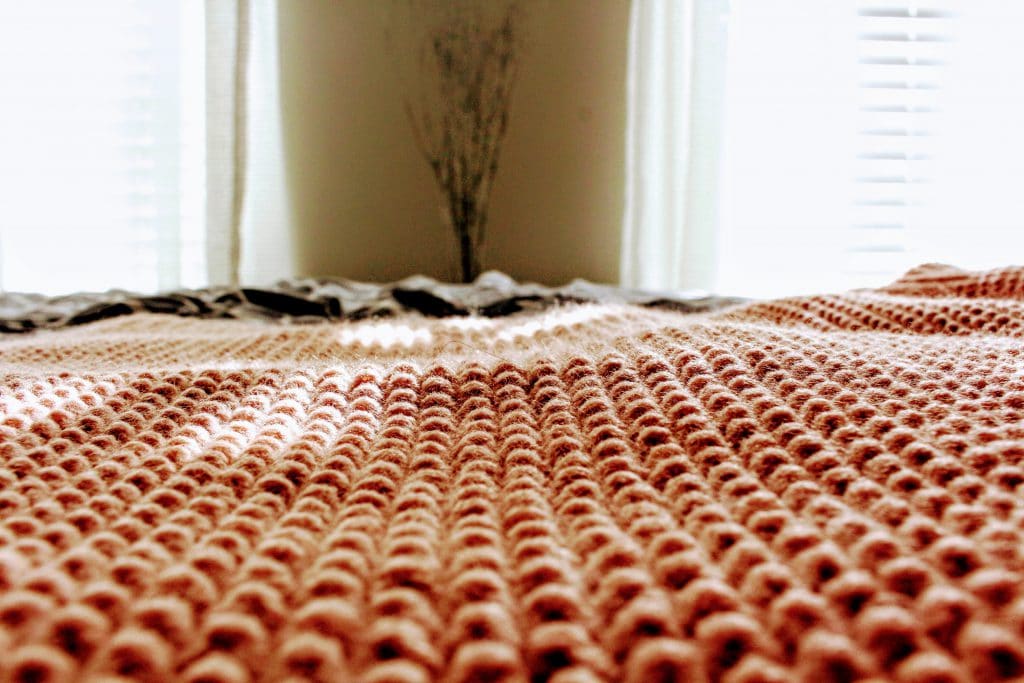Unwanted noise in your home can interfere with daily life, and your ability to feel relaxed and calm is affected, let alone being able to sleep or have a normal conversation in noisy areas.
Noise can lead to fatigue, irritability and stress, so it’s important to think about how you will manage noise in your home, when renovating, building or decorating.
Some of the obvious culprits for noise in a home are;
- Too many open spaces- The use of too many open spaces with limited zoning is a real issue in open plan designs. It can look great on a floorplan, but large open plan retreats and other living areas with no doors, means noise will travel up and down stairs and run up and down hallways of a home. The use of doors is critical for noise mitigation, but also to create privacy and cosy spaces. How a home is laid out is also important in terms of bedrooms zoned away from living spaces and laundries being close to kitchens rather than close to bedrooms.
- Hard Flooring- Having a home with only hard flooring can create lots of echo and noise that bounces around with nowhere to go. Having a combination of surfaces will allow some noise to be absorbed. There needs to be a good proportion of soft furnishings such as curtains, rugs, upholstered furniture and carpet, to absorb noise and balance the use of hard surfaces. This combination is also conducive to create a more relaxed, inviting and calm space to be in.
- Timber stairs – The transfer of noise up and down stairs that are not carpeted is a big culprit. Not only the noise of shoes on stairs, but also the noise travelling up and down the void.
The good news is that there are different ways to minimise the transfer of noise throughout the home.


